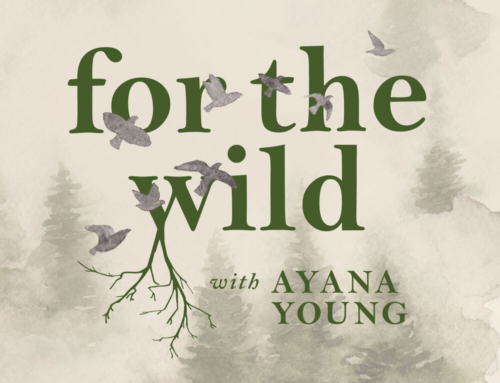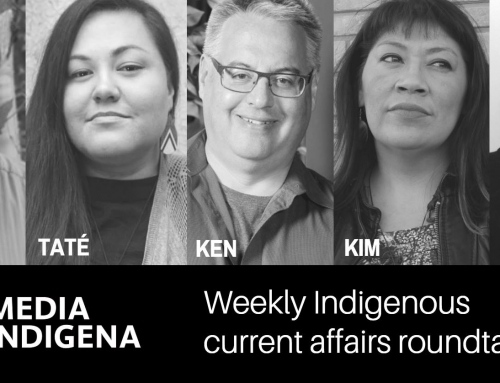Collecting Biosamples for Research Is Important. So Are the People From Whom They Are Taken.
IN A NEW YORK TIMES op-ed published in April, bioethicists Holly Fernandez Lynch and Steven Joffe suggested that the business and ethics of biobanking — the practice of saving tissues, blood, and other biosamples culled from patients during routine interactions with doctors, and warehousing them, sometimes without patient consent, for future research — is best left to scientists. “Many of us intuitively feel we should be able to control how biospecimens derived from our bodies are used,” the pair wrote. “But leftover biospecimens are just medical waste to most of us, as we lack the expertise to imbue them with scientific value.
.
.
.
“Native American bodies, both dead and living, have been sources of bone, and more recently of blood, spit, and hair, used to constitute knowledge of human biological and cultural history,” professor Kim TallBear argues in her book, “Native American DNA.” “To understand Native American DNA, it is not enough to discuss simply what genetic scientists say they are looking for in their samples,” TallBear writes. “It is also important to look back at how Native American bodies have been treated historically, for knowledge-producing cultures and practices that shaped early research continue to influence the way science is done today.”
.
.
.


